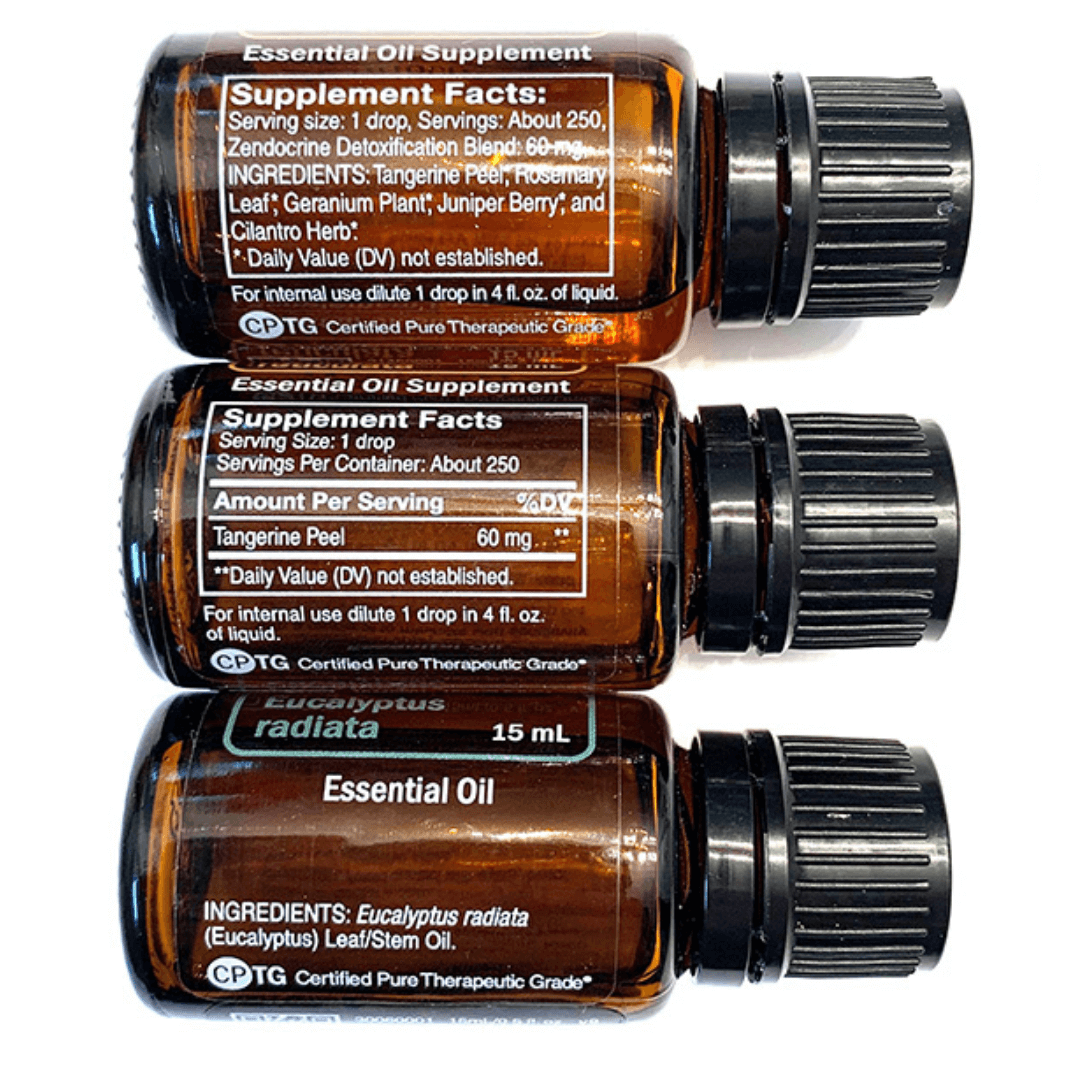It’s important to know that the information in this guide only applies to using doTERRA essential oils.
DoTERRA is the most trusted, most tested brand in the world due to the absolute purity & potency of their oils.
When Googling information about essential oils online, it’s not uncommon to come across information from some aromatherapists creating fear around using essential oils.
There’s no governing body protecting consumers from what might be in that bottle of essential oil they just purchased. Because of that, oil companies can label their bottles however they would like, without being held accountable to a standard. For example, they can write “100% Pure Lavender Essential Oil” on a bottle that doesn’t actually contain any actual Lavender plant material at all…just something chemically synthesized in a lab to smell like Lavender … which isn’t going to have a therapeutic benefit to the body, & can actually hurt us.
Before doTERRA came along over a decade ago, there really wasn’t much research or data around usage outcomes of essential oils.
DoTERRA has changed that in a big way.
DoTERRA has almost 6 million essential oil users around the world, which has created the largest existing database of usage information available.
This is also why doTERRA’s CPTG stamp is so important.
It’s doTERRA’s promise of purity.
KEY POINTS:
Never apply oils directly to the eyes or inside the ear canal. After application, wash your hands.
Dilute with oil, not water. If you happen to get an oil somewhere you did not intend, using water will increase the discomfort.
Use a carrier oil with children & those with sensitive skin. A carrier oil doesn’t make the essential oil less effective, it will actually help drive the oil deeper into the skin.
Some essential oils are hot such as: Cinnamon, Thyme, Oregano, Cassia & Clove. How oils should always be diluted with a carrier oil, as they can irritate the skin & feel hot.
Citrus essential oils are photosensitive when used topically. To avoid issues, wait a minimum of 6 hours before exposing skin where you have applied them (all citrus oils except Green Mandarin).
Pregnancy & Nursing: While oils applied topically at ordinary levels should not be harmful to a developing fetus, please use caution during pregnancy. Peppermint has caused some women to drop in milk supply, & Clary Sage is known for stimulating contractions.
A little goes a long way. Essential oils are pure concentrates. One or two drops is considered a full dose. Less oil, more often, is best. You do not need to wait 4 hours before using an oil again. Apply the oil…if there is still pain, apply more in a few minutes.
Essential oils & bath water: Undiluted essential oils won’t mix into bath water. Add them to a teaspoon of carrier oil or shower gel first. Or add to a cup of Epsom salts before mixing them into the water.
Always follow proper dilution guides when applying topically, especially when you are new to oils. A safe measure is to use 1 teaspoon of carrier oil for every 1-2 drops of essential oil.
Internal use: The daily limit of internal use of oils is 24 drops. If you use the doTERRA softgels, note the drops within them below.
Many hospitals & Medical Doctors use doTERRA essential oils. Listen to Dr. Paul Winterton, an Orthopedic Surgeon, share how he uses doTERRA oils both inside & outside of his practice:

























